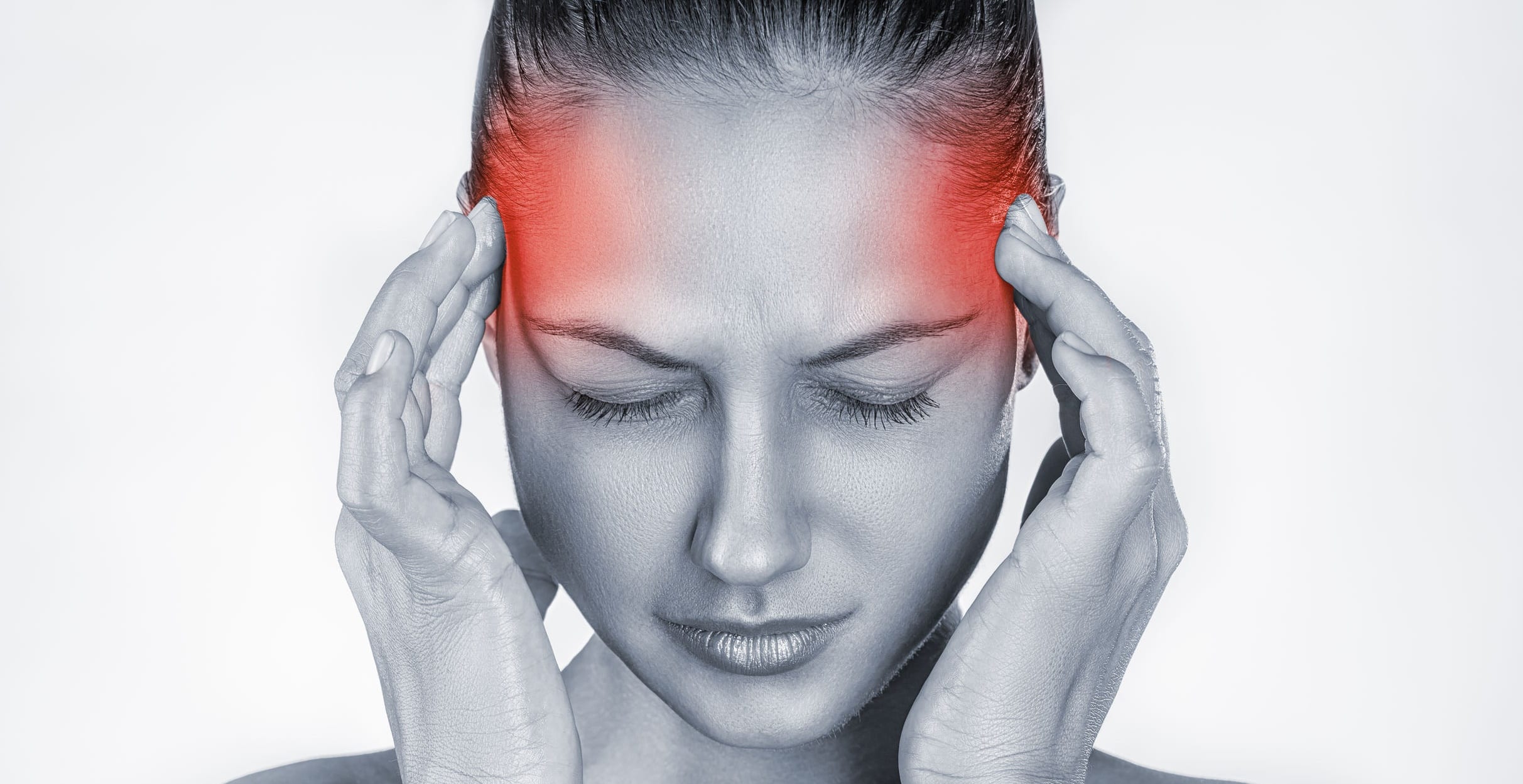What do being chased by a bear and giving a speech in front of a room full of people have in common? Both will cause your heart to pound, breath to quicken, cause you to sweat, and make your muscles. Both are triggering a cascade of stress hormones that stimulate your sympathetic nervous system—your “fight or flight” system. Your sympathetic nervous system (SNS) evolved as a survival mechanism to quickly react in life-threatening situations. However, the body can also overreact to situations that are not life-threatening stressors, too, such as public speaking, pressures at work, family difficulties, etc.
The SNS stress response starts in the brain, where the brain registers the stressor and sends a distress signal to the hypothalamus—an area in the brain. The hypothalamus acts as a central command center and sends out communications to the rest of the body’s system through autonomic nerves, causing changes in breathing, heart rate, blood pressure, blood vessels, and muscles. The autonomic nervous system has 2 major components: the sympathetic (SNS) and parasympathetic nervous systems (PNS). The SNS is like a gas pedal and triggers “fight or flight” responses. The PNS acts like a brake and triggers “rest and digest” responses to calm the body. When the sympathetic system is activated by the hypothalamus, the adrenal glands release the hormone epinephrine (commonly called adrenaline) into the bloodstream where it circulates through the body to affect your heart, lungs, muscles, and other vital organs. You may feel an “adrenaline rush” with increased energy and alertness, but also the heart is beating faster, the breath gets more rapid, and muscles start to tense. After the initial surge of epinephrine, the hypothalamus activates the second wave of stress response called the HPA axis. The HPA axis signals the SNS to keep the gas pedal pressed down by releasing the hormone cortisol from the adrenal glands. The HPA axis keeps the body revved up and on high alert. When the “threat” finally passes, the stress hormone cortisol will start to decrease in the bloodstream and the PNS, or the brake, will take over and decrease the stress response.
Researchers over the years have been studying the effects of the SNS on the body and mind in short and long-term situations. What happens if your body is stuck in its “fight or flight” response? What if your body can’t put on the breaks and cortisol continues to elevate in the bloodstream? It has been shown that chronic low-level stress and anxiety keep the HPA axis activated—much like a motor that is idling too high for too long. Just how this would be hard on your car, this is hard on your body.
Some symptoms of chronic stress include:
- body aches and pain with muscle spasm and tightness
- chest pain
- racing heart
- exhaustion
- trouble sleeping
- headaches
- dizziness and/or shakiness
- high blood pressure
- muscle tension and jaw clenching
- stomach or digestive problems
- sexual dysfunction
- weakened immune system with more frequent illnesses such as cold or flu.
All of this combined with the physiological changes from the chronic stress response lead to more anxiety, depression, and panic attacks which further activate the stress response, creating a cycle of stress responses.
From a physical therapy point, you can fight back against the overreactive stress response, but it isn’t easy and takes diligence! It involves trying to retrain the brain to acknowledge when the body is in actual stress response and finding techniques to put on the breaks or stimulate the PNS so that the sympathetic system can rest. The sympathetic nerves start in the middle part of the spinal column in the thoracic region down to the lumbar region in the upper part of the low back (T1-L3 region). The parasympathetic nerves start in the brain and run down to the sacral nerve roots at the very bottom of the spinal column. Different myofascial techniques through the thoracic region, such as skin rolling or gentle massage, can help to calm the SNS. Deep breathing can also massage these nerves and calm them down by expanding the rib cage and thoracic spine.
Stimulation to the nerves in the sacral region can help to stimulate the parasympathetic nerves to put on the breaks faster. This can be done with exercises to the muscles that are also innervated by these nerves which include all your gluteal muscles, hamstrings, and pelvic floor muscles. Gentle physical activity in general will help control both the sympathetic and parasympathetic nervous systems. For example, walking can increase blood flow to the muscles to help decrease the stiffness and spasms and promote better breathing patterns for sympathetic calming. Yoga and tai chi are both movement programs that focus on movement and breathing and research has shown to decrease stress responses when practiced consistently. Mindfulness meditation has also been proven to lower the stress response with lower heart rates and blood pressures noted with consistent practice. For more information on mindfulness, see our other blog post.
Speak with your Rebalance physical therapist about an individual therapy plan to help combat overactive stress responses. They can suggest appropriate release techniques with a ball or roller for the muscles of the thoracic region, strengthening and stimulating exercises for the parasympathetic system, and breathing and relaxation techniques including mindfulness meditation and Yoga.
















